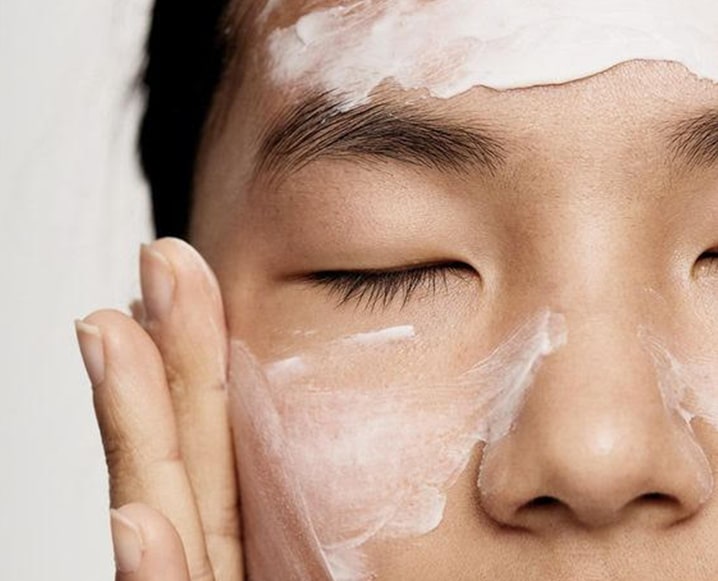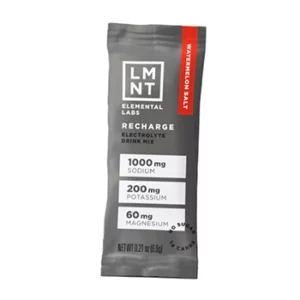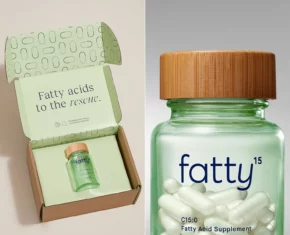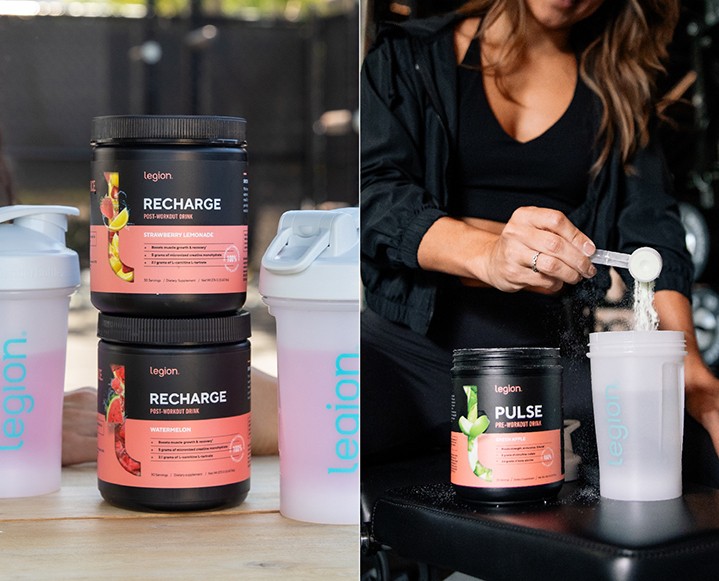Navigating the world of beauty products can be tough. Many of us are still learning to read labels — and undertstand what to put back on the shelf. Here’s a cheatsheat of seven top offenders to get you started!
Paraffinum Liquidum + 6 Other Toxic Beauty Ingredients To Avoid
TOXIC INGREDIENT FOCUS: Mineral Oil (aka Paraffinum Liquidum)
WHAT IS IT? An extremely cheap & common petroleum derivative (refined crude oil petrochemical) – 98% of skin care products sold in the USA contain mineral oil.
HEALTH RISK: Petrochemicals contain neurotoxins which damage the nervous system, mineral oil forms a film on the surface of your skin that can not be absorbed therefore blocking the pores & the skin’s natural respiration. It traps dirt and bacteria & blocks the absorption of vitamins/minerals/botanicals that may be in a product. John Hopkins University named mineral oil in cosmetics / moisturizers as the number two cause of aging (first being direct exposure to sun). May also cause allergic reactions, dryness, promote acne & other skin disorders.
TOXIC INGREDIENT FOCUS: Cocamide DEA, TEA & MEA
WHAT IS IT? It is a viscous liquid, made by reacting the mixture of fatty acids from coconut oils with diethanolamine – used as a foaming & emulsifying agent to help thicken shampoo, body wash & facial cleansers. No benefits to the skin!
HEALTH RISK: These three are hormone-disrupting chemicals & may form cancer-causing agents. Have also been linked to miscarriages and inhibiting fetal brain development. They are easily absorbed by the skin & research indicates a strong link to liver & kidney cancer. There is also evidence that carcinogens form when Cocamide DEA is applied to the skin and react with other ingredients.
TOXIC INGREDIENT FOCUS: PEG – Polyethylene Glycol (PEG 100 etc)
WHAT IS IT? The most common form of plastic (polymer) mixed with a glycol to make a cheap, thick, sticky liquid, used as emollients, emulsifiers & to deliver other ingredients deeper into the skin. Found in many skincare products & cosmetics but also used in spray-on oven cleaners and industrial degreasers.
HEALTH RISK: PEG is a carcinogenic petroleum ingredient that reduces the skin’s natural moisture, can actually increase the appearance of aging, leaves you vulnerable to bacteria & has dangerous complications for damaged skin. It can alter the surface tension of the skin & may upset the natural moisture balance. PEGs are not always pure & often come contaminated with a host of toxic impurities. You don’t want petrochemicals on your face so stay away from products that contain this cheap additive!
TOXIC INGREDIENT FOCUS: Artificial Fragrance
WHAT IS IT? Scents made from synthetic chemicals found in most deodorants,shampoos, sunscreens, skincare & bodycare products.
HEALTH RISK:The term “fragrance” appearing on a product label indicates the presence of any number of up to 4,000 different ingredients. Most of these are synthetic & are either carcinogenic and/or toxic. Exposure to fragrances has been shown to affect the central nervous system. Synthetic fragrances contain chemicals that can cause skin irritation, rash, dizziness, vomiting, coughing and hyperpigmentation. Essential oils are the healthy alternative so don’t use any products that take the cheap option at the expense of your health!
TOXIC INGREDIENT FOCUS: Artificial Colour
WHAT IS IT? Cheap, standardised colours used for skincare and food to make products look more attractive – A.K.A. FD&C colours / “E” Numbers / “Red 17”, “Yellow 4” etc.
HEALTH RISK: You see these at the end of every ingredient list, but many cause skin sensitivity & irritation, or even oxygen depletion in the blood. Most are made from coal tar & studies show that almost all of them are carcinogenic. For example, FD&C Red #4 is no longer available for use in foods because of a known threat to the adrenal glands & urinary bladder. It is considered a carcinogen but is still used in non-food products such as skincare.
TOXIC INGREDIENT FOCUS: Parabens.
WHAT IS IT? A common and very cheap cosmetic preservative, the second most common skincare ingredient.
HEALTH RISK: Synthetic parabens are toxic in large or cumulative quantities, as the body stores parabens in many tissue types. They can cause allergic reactions, skin rashes and irritation. Parabens have been shown to mimic estrogen which disrupts normal hormone function. Exposure to external estrogen’s have been shown to increase the risk of breast cancer and increase cell abnormalities. There should be no excuse for your skincare products to still have Parabens!
TOXIC INGREDIENT FOCUS: Propylene Glycol
WHAT IS IT? Propylene glycol is an antifreeze solvent, commonly found in brake and hydraulic fluid, paint, floor wax, pet food and tobacco. It also shows up as a humectant (supposedly a moisturizer) in almost every mainstream deodorant, shaving gel, conditioner, shampoo, toothpaste, face creams, baby wipes and cosmetics.
HEALTH RISK: Propylene glycol has been shown to cause dermatitis, kidney and liver damage, and to inhibit skin cell growth. It can be absorbed by the skin and is stored throughout the body.















